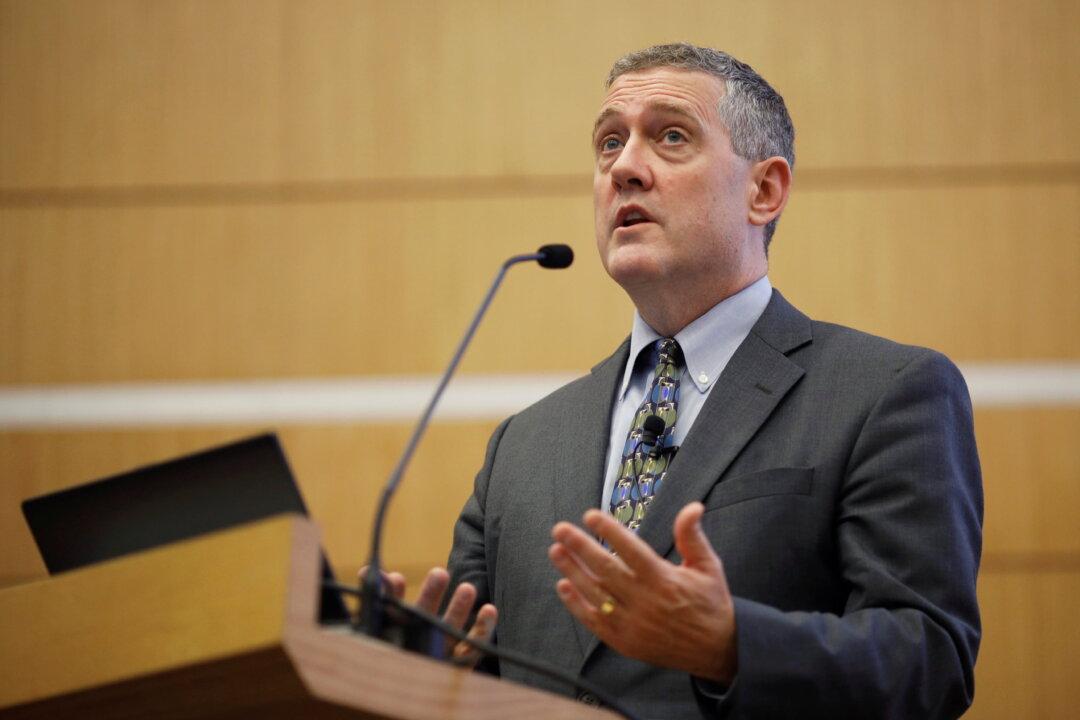The president of the Federal Reserve Bank of St. Louis, James Bullard, on March 22 reiterated last week’s call for a more aggressive stance to combat the highest level of inflation in 40 years.
Bullard said that U.S. monetary policy needs to be tightened sooner rather than later, by raising interest rates to above 3 percent by the end of the year.





